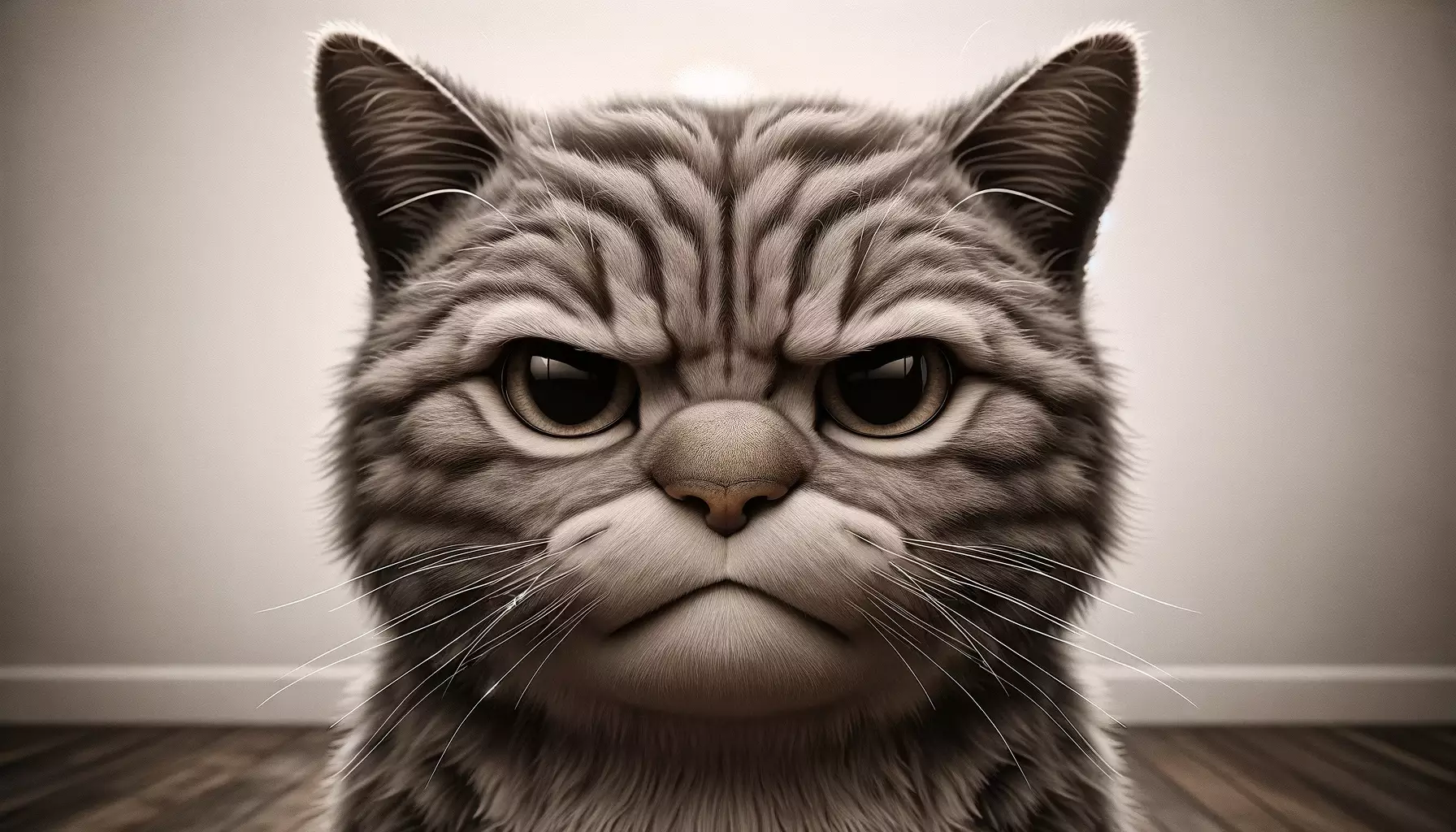Cats are enigmatic creatures, often occupying a unique space in our homes and hearts. While they may appear aloof and independent, the reality is that cats have complex emotional landscapes that mirror their human companions in many ways. Understanding the subtle signs of an unhappy cat is crucial for ensuring their well-being and maintaining a healthy bond with them. In this article, we will delve deep into the behaviors that might indicate your cat is experiencing emotional distress and explore how cat owners can respond effectively to these cues.
Cats are masters of disguise when it comes to their emotions. Unlike dogs, they tend to be less overt with their feelings. A cat’s momentary disinterest in play or companionship could signal deeper issues beneath the surface. For instance, if your cat typically seeks attention and suddenly becomes reclusive, it is essential to examine their behavior closely. Activities that usually spark excitement, such as chasing after a feather toy or investigating novel objects, might be cast aside, suggesting boredom or even emotional withdrawal.
Regular engagement through interactive toys, vertical climbing spaces, and varied playtime routines can significantly uplift your cat’s spirits. Just as we thrive on mental and physical stimulation, cats also need a balanced mix of interaction and toys to remain engaged and joyful. If a cat begins to withdraw from social activities, it can often lead to detrimental emotional and physical health outcomes.
Cats communicate primarily through vocalizations, and any significant change in how your cat uses its voice can be a key indicator of happiness or distress. Uncharacteristic yowls, incessant meows, or a sorrowful tone can signal a request for attention or companionship that goes unmet. It’s important to differentiate these vocalizations from normal communication. If a previously quiet feline begins to vocalize more frequently, this could indicate loneliness or dissatisfaction in their environment.
However, if you’ve ruled out medical issues, it often points to a longing for interaction. Engaging more with your cat during these times—through petting, play, or simply being in the same room—can work wonders. The message here is clear; your cat may be reaching out to express a need for affection.
Food intake and grooming behaviors are crucial focal points in assessing a cat’s emotional health. An abrupt change in appetite—be it a sudden refusal to eat or overeating—warrants immediate attention. This variance could stem from various issues, including dental pain, boredom with food selections, or psychological stressors. Providing a fresh supply of food and ensuring access to clean water is vital, but don’t overlook the importance of variety in their diet. Cats, like us, can become uninspired by their meals if they are the same day in and day out.
Similarly, grooming habits can reveal much about a cat’s state of mind. An excessive focus on grooming leading to bald patches indicates stress, while neglecting grooming activities may hint at depression or an underlying health concern. Regular attention to grooming not only keeps our feline friends looking their best but can also be a bonding activity that alleviates psychological distress.
The environment plays a pivotal role in feline satisfaction. Changes in the home, such as the introduction of new pets, loud noises, or altered routines, can unsettle cats. They thrive on predictability and can become anxious when their environment is disrupted. If a cat begins to hide more frequently or avoids social interaction, it may be a sign of distress.
In some cases, bathroom habits may also indicate emotional turmoil. A sudden aversion to the litter box could involve issues such as cleanliness, box location, or preferences against the type of litter used. It’s vital to ensure your cat’s litter box meets their needs for cleanliness and comfort, as aversion here is a significant marker of their emotional state.
The key to maintaining feline happiness is vigilance. Cat owners should be attuned to changes in behavior, vocalization patterns, grooming habits, and social tendencies. By recognizing and responding to these signs promptly, you can help create a safe, nurturing environment that allows your cat to thrive.
The unspoken needs of our cats can often reveal themselves through subtle behavioral cues. By fostering awareness and proactive engagement with our furry companions, we not only enhance their quality of life but also deepening the bond we share with them. Regular check-ups with the veterinarian can further ensure that any underlying health issues are addressed, paving the way for a happier, healthier feline friend.

